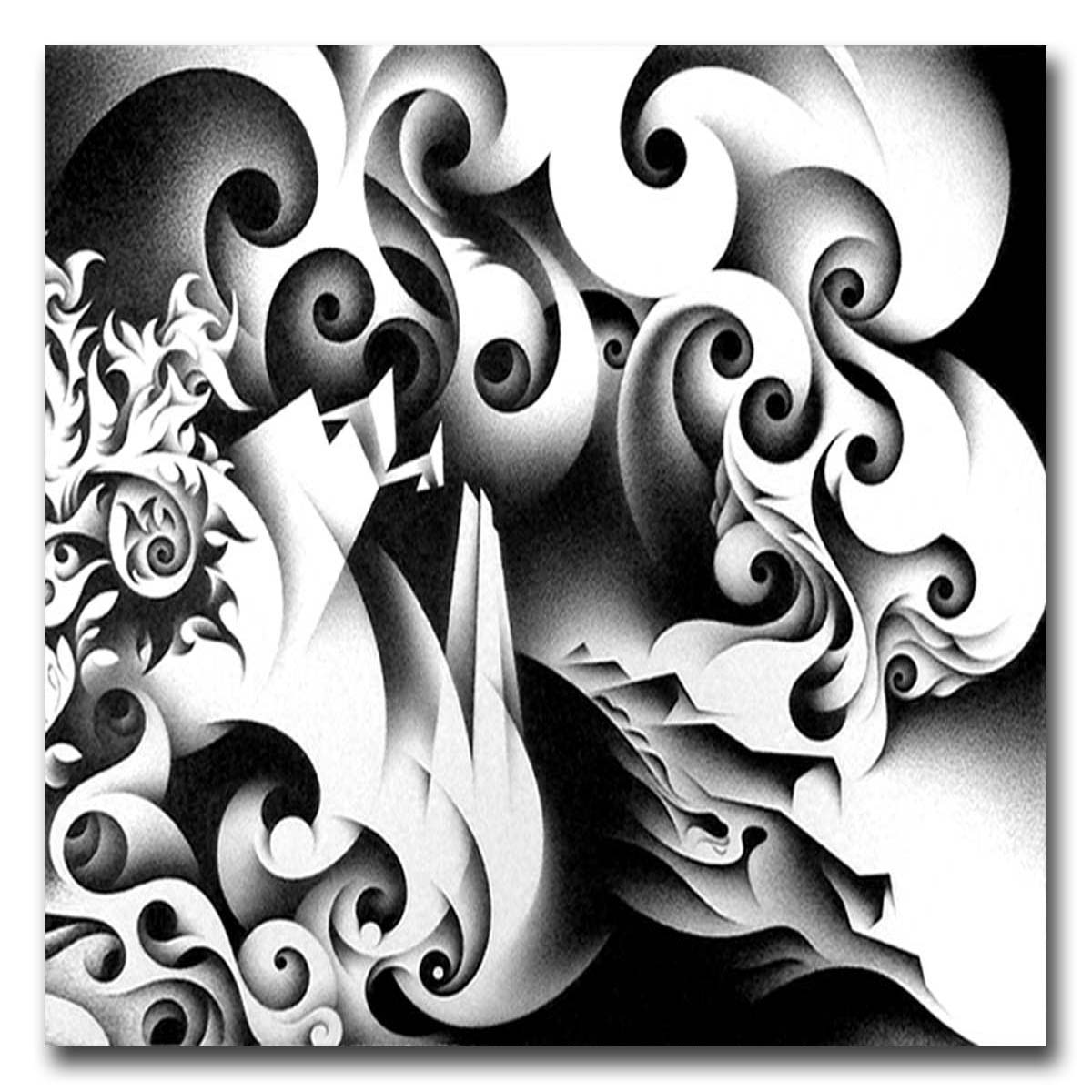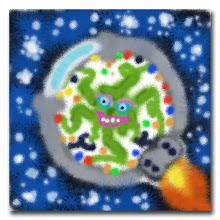
The above image is my title plate/opening shot. And the one below is the beach of the imagination. I often find that my concept art enhances my writing, and vice versa.

TAS Online 01
I have quite a bit more written than this, nearly two-hundred pages of script, with around fifty pages of background and techy stuff, not to mention a lot of concept art. I know two-hundred pages is a pretty long movie. But I write everything down, and toss the awful bits later. I have a solid beginning, and a terrific ending. I just need to flesh out the middle a little more and I've got a pile of paper that no one will ever look at twice.
I think a movie should be a unified whole, both verbally and visually. I've worked out a way of incorporating pi into the basic design motif of the entire film.
My take on a film version of 'Contact' is that the 'download' should constitute the body of the movie. Start with Ellie on the beach, more or less, visualize her unwound memories, and then return to 'reality' about three-quarters the way in. This allows far more freedom than a straight linear telling. I can jump around in time the way a mind at rest naturally meanders from place to place.
It occurs to me that Zemeckis may have been trying to do exactly this with the eye 'pull out' and 'push in' at the beginning and near the end of the film. But subtlety is relative, and in this case is lost in background noise.
Anyway, I think this material deserves better.


















